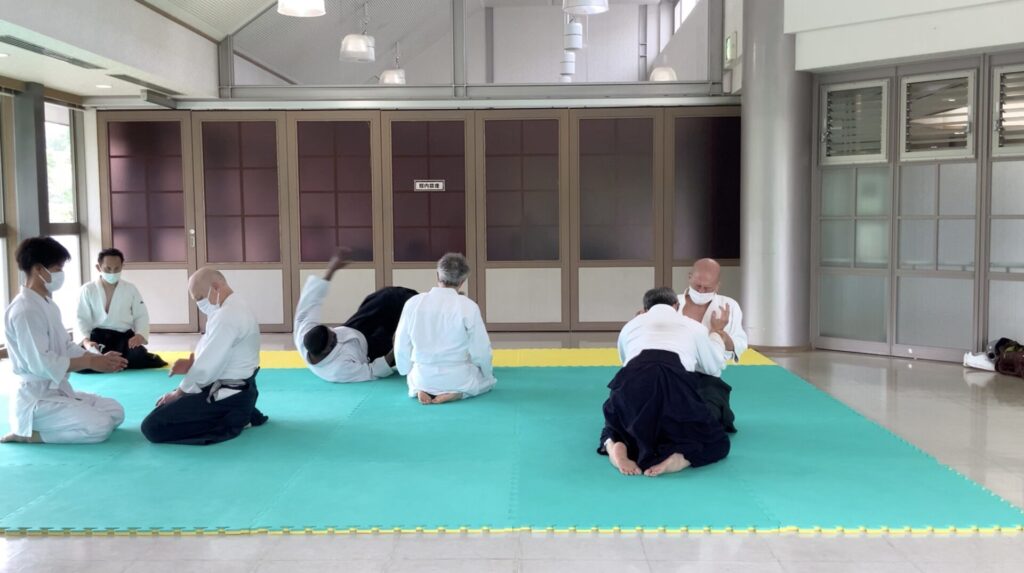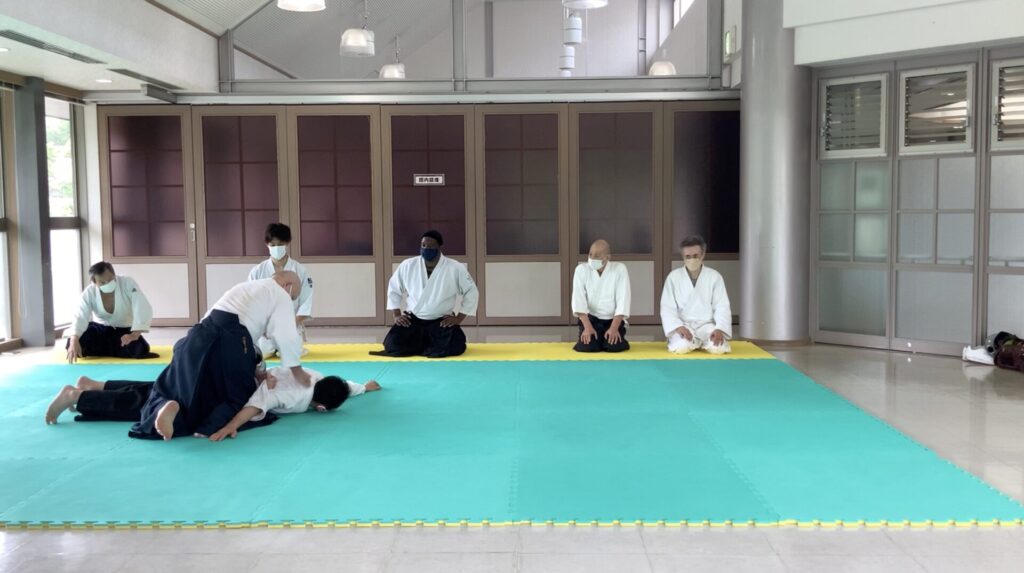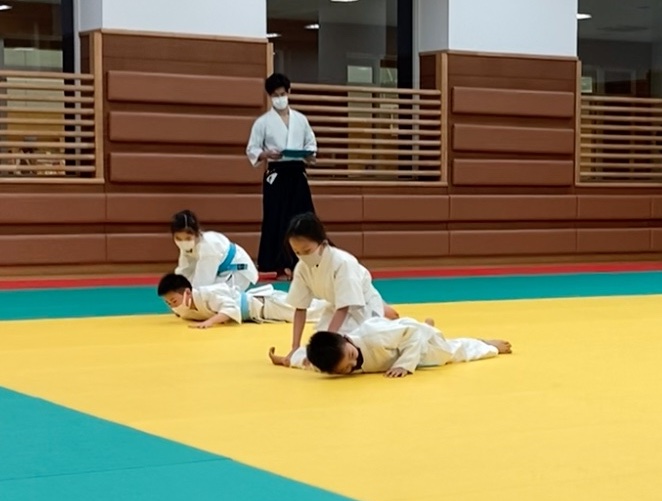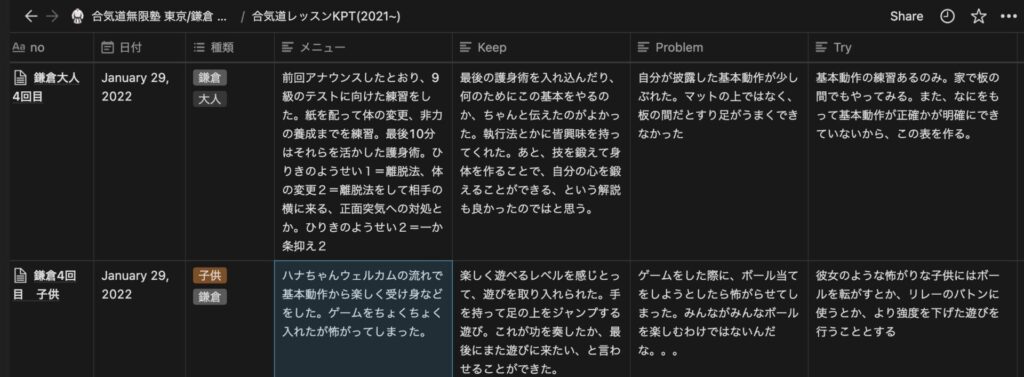Table of Contents

Hello, I am Sugawara, your instructor.
In a change from my previous columns, I am going to talk about aikido in a geeky way.
Recently, I was fortunate enough to take aikido from another school.
Aikido MUGENJYUKU belongs to a school called YOSHINKAN. It is characterized by its practicality, so much so that riot police and policewomen study it, and by its soft movements that embody the martial art of Wago.
The schools we practiced with this time were from a mainstream aikido school called Aikikai. It is characterized by soft and flowing movements, inherited from the late founder of Aikido, Morihei Ueshiba.
What I wanted to learn from Aikikai
- Anyway, the practice feels good. I am aware of the flow of my body and do it without strain. I can visualize a streamlined shape in my mind. I feel that there are many techniques that make us relax and not stiffen each other's body.
- Focus on the other person and his/her ki. At MUGEN JUKU KAMAKURA, the focus is relatively self-focused, as the participants are mainly beginners.
- The students can practice twice as many techniques and work on them mindlessly because they do not return to their original positions to practice the techniques, but continue to perform them left and right.
- It was like yudansha training, focusing on connection and use of the hips.
- I practiced Ichikyo, which is much more effective than the Yoshinkan's kuji method. The feeling of being controlled is much better here.
Points that reaffirmed the value of the Yoshinkan
- The systematically organized system from stance to bodywork and techniques allows anyone to learn techniques that can be used by anyone in the shortest possible time.
- The process of the technique is broken down and correct answers are provided, and any instructor can teach the same thing to some extent.
- It assumes an opponent who resists and is established as a technique to protect your loved ones.

summary
As I have mentioned, Aikikai aikido probably had elements as communication that we do not have.
It makes me think that if this aikido spread, there would be less conflict. I could understand why it is so popular internationally.
In our dojo, we want people to learn from aikido in order to live with initiative in life,
- Courage to face difficult situations
- Concrete means of reconciliation with others
The company has set forth the following
For the former, the current method seems to be more suitable. For the latter, I have learned a great deal from the Aikikai method and would like to incorporate it into my training as soon as possible.
The more you progress, the more you learn, the more you need to learn beyond the boundaries of the schools, I think we all absolutely need to learn beyond the boundaries of the schools lol. I strongly felt that what Aikikai does not have and what Yoshinkan does not have, we both have solutions.
We felt that we would like to have regular opportunities to interact with them in the future.





-1568x882.jpg)


